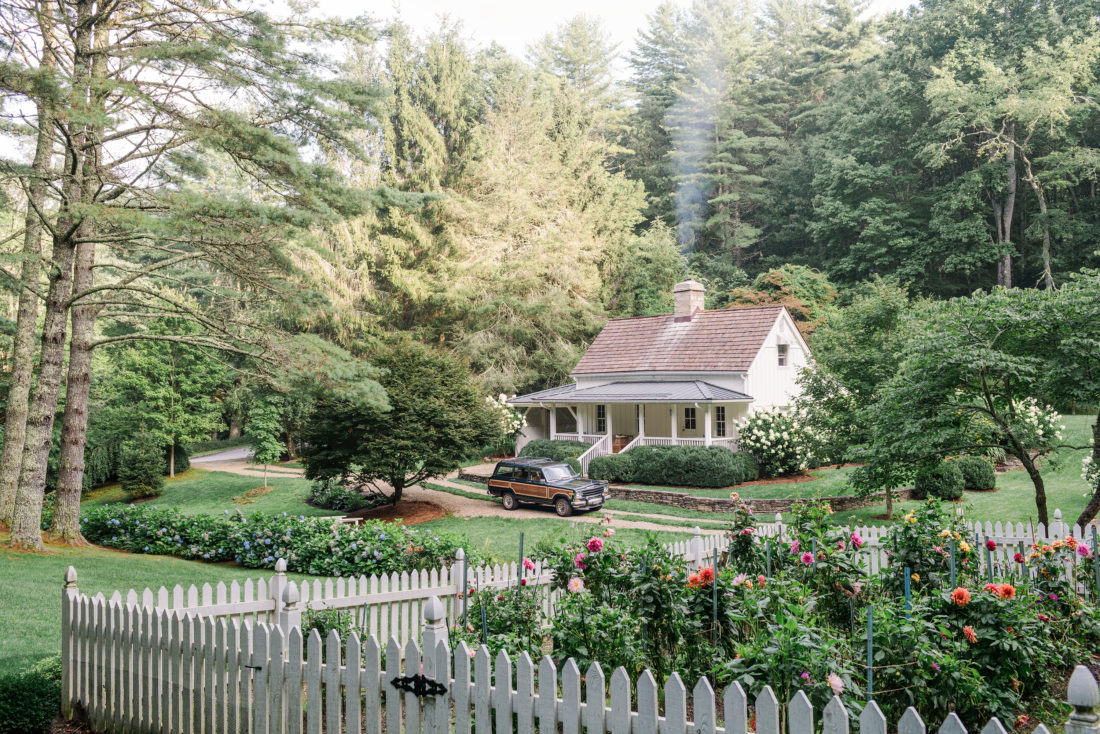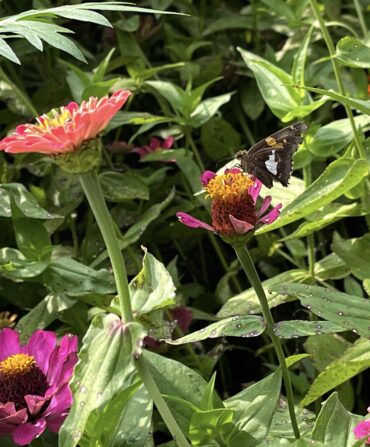This must be the place. The driveway opens to a flower garden popping with bright dahlias, and giant white hydrangeas frame a clapboard farmhouse. The first time Dave Dawson and his wife, Jennifer, saw the dwelling, tucked beneath a split-rail-fenced meadow in Cashiers, North Carolina, alongside fern-lined creeks, it reminded them both of childhood summers—hers spent camping with family around Northern California, and his with Grandma “Tink.”
“My grandmother had a farm in a holler in West Virginia where my parents would drop me off in the summertime,” Dave says. “With my family moving around a lot, it was the one physical location for me growing up that was always a constant. We wanted a place for our boys where they could create the same type of summer memories of being out and free and wild.”
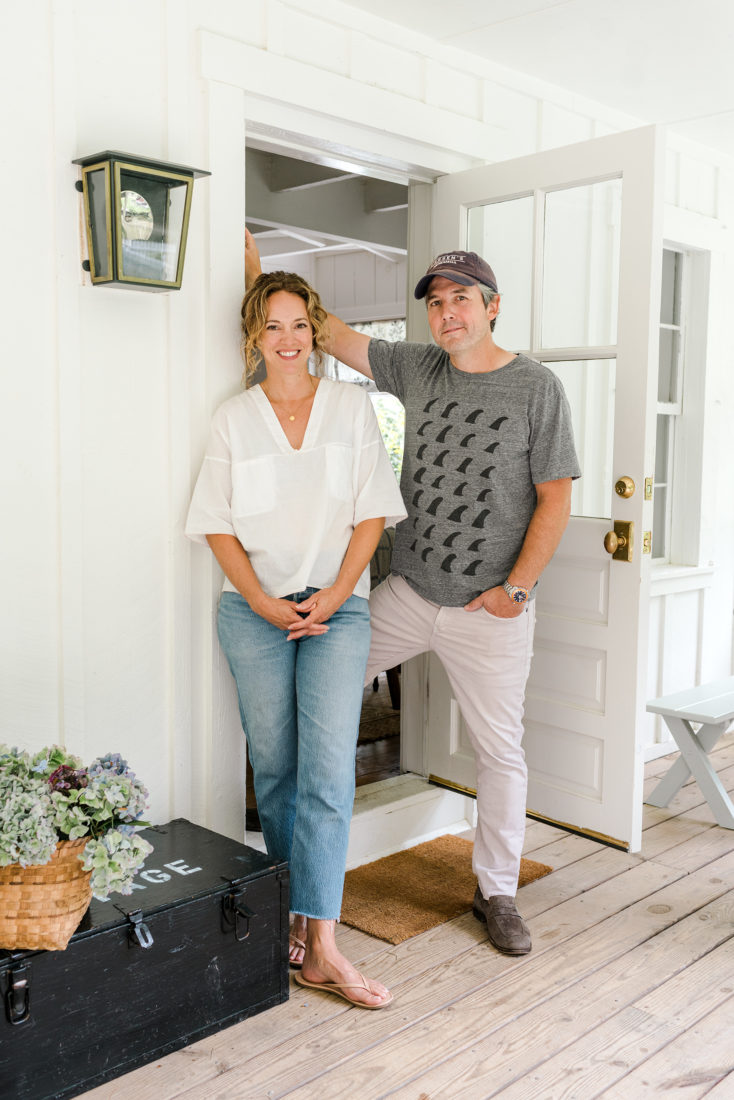

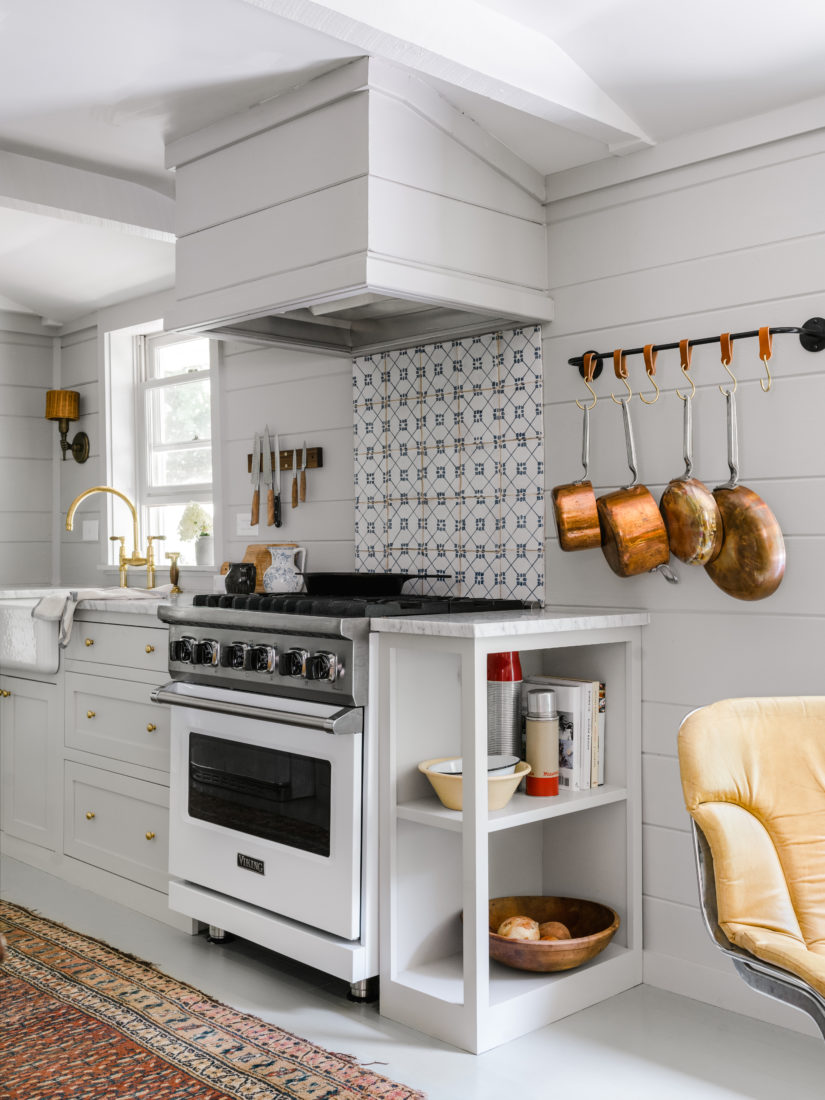
The Dawsons, who live in Charleston, South Carolina, and started the lighting firm the Urban Electric Co., purchased the nineteenth-century house and its surrounding fifty acres and dubbed it “Tink’s Cottage at Fern Valley.” Like generations of Southerners before them, the couple and their two sons head for the cool mountains in the peak of summer, retreating to their now historic-meets-modern getaway.
“It’s unusual in the North Carolina mountains to find a truly old farmhouse like this,” Jennifer says. “Most construction in recent decades has tended toward ‘mountain rustic’ materials and design.” The couple instead wanted an airy look, one that nodded to both the mountain South and the English countryside but wasn’t too country-cottage or frilly. “Perhaps I gave the project its inspiring vision when I asked, ‘What would Mick Jagger’s gardener’s cottage look like?’” Jennifer says. “I don’t even know if Mick Jagger has a gardener, but I imagine him to be a proper and friendly English chap but slightly irreverent.”
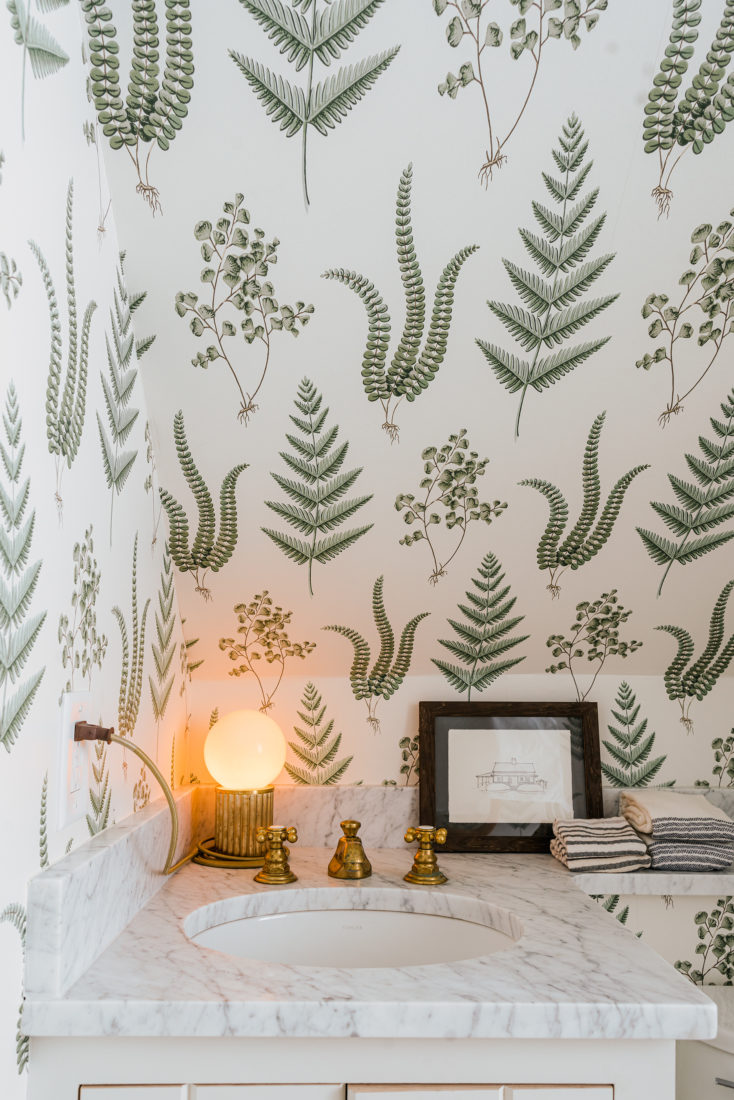
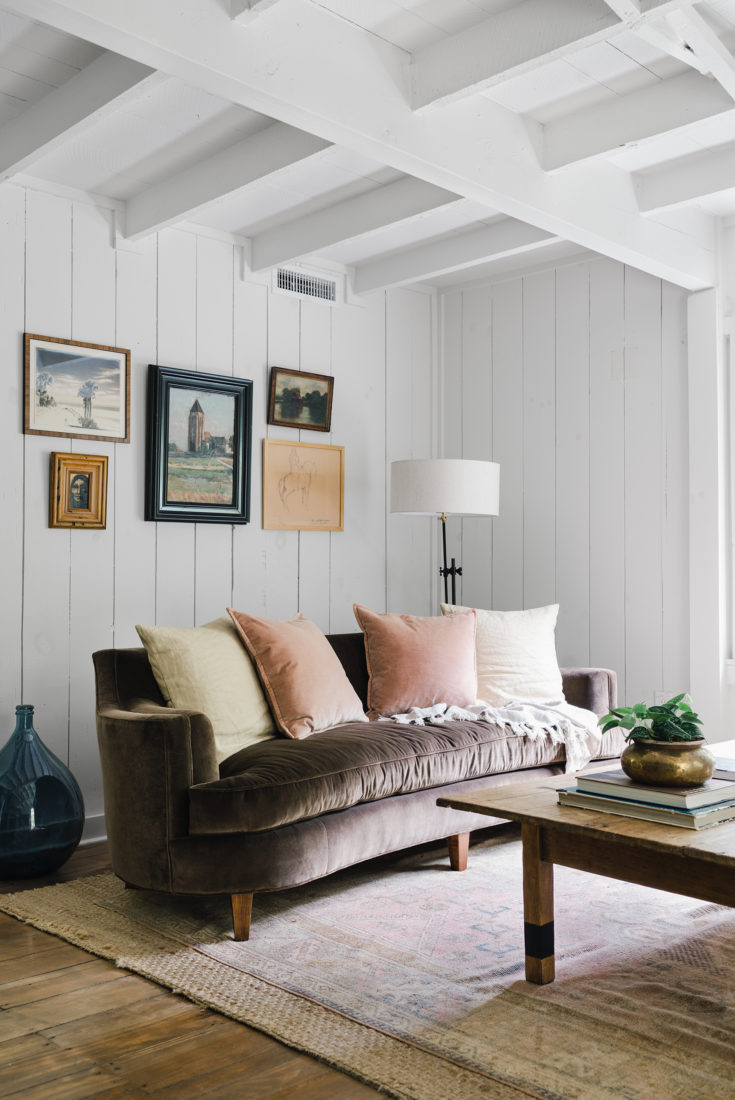
Suitably, the design isn’t too precious—it’s clean, calm, and a little bit rock and roll. The Dawsons consulted with Charleston’s Basic Projects on the interiors, layering in their own discoveries, including old table clocks collected from travels in Italy and Spain, vintage music posters, and modern pops of art, such as a giant photograph of a boat by Gately Williams. They kept the original hardwood floors and stone fireplaces but updated the electrical wiring, modernized the kitchen, and added central air and heat. “We were intent on ensuring that none of our renovation felt ‘renovated,’” Jennifer explains. “We wanted to keep the simplicity and purity of the original house.”
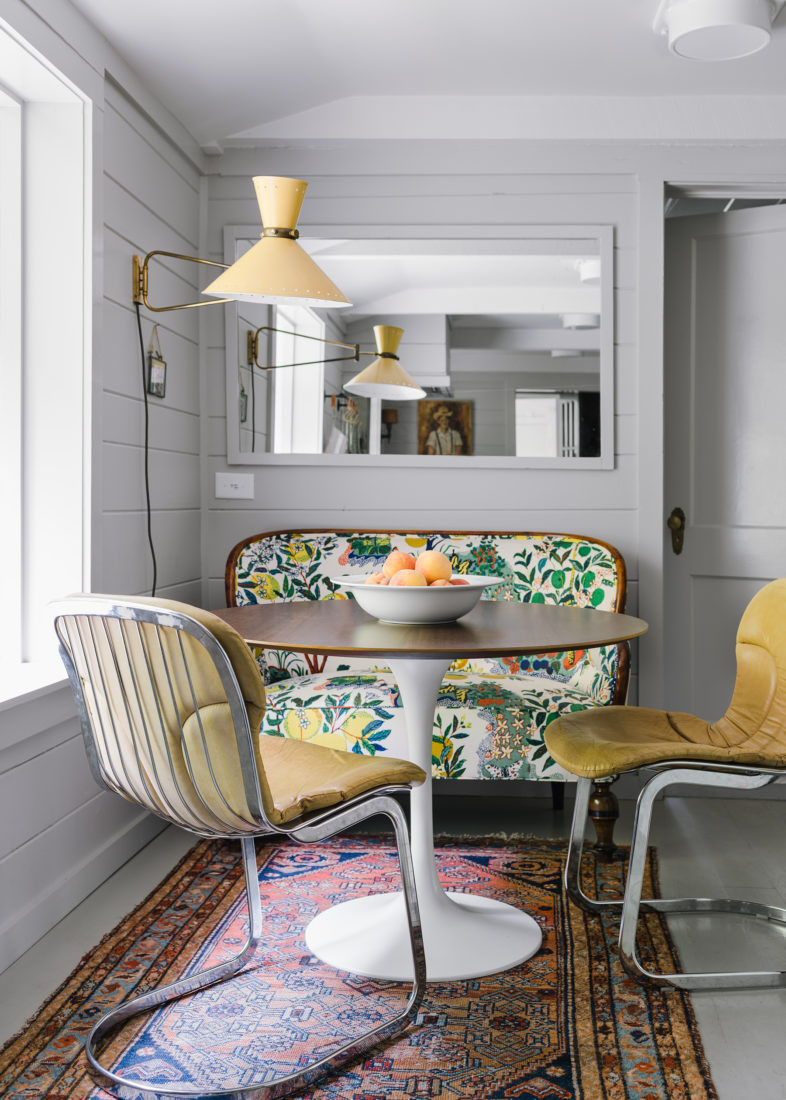
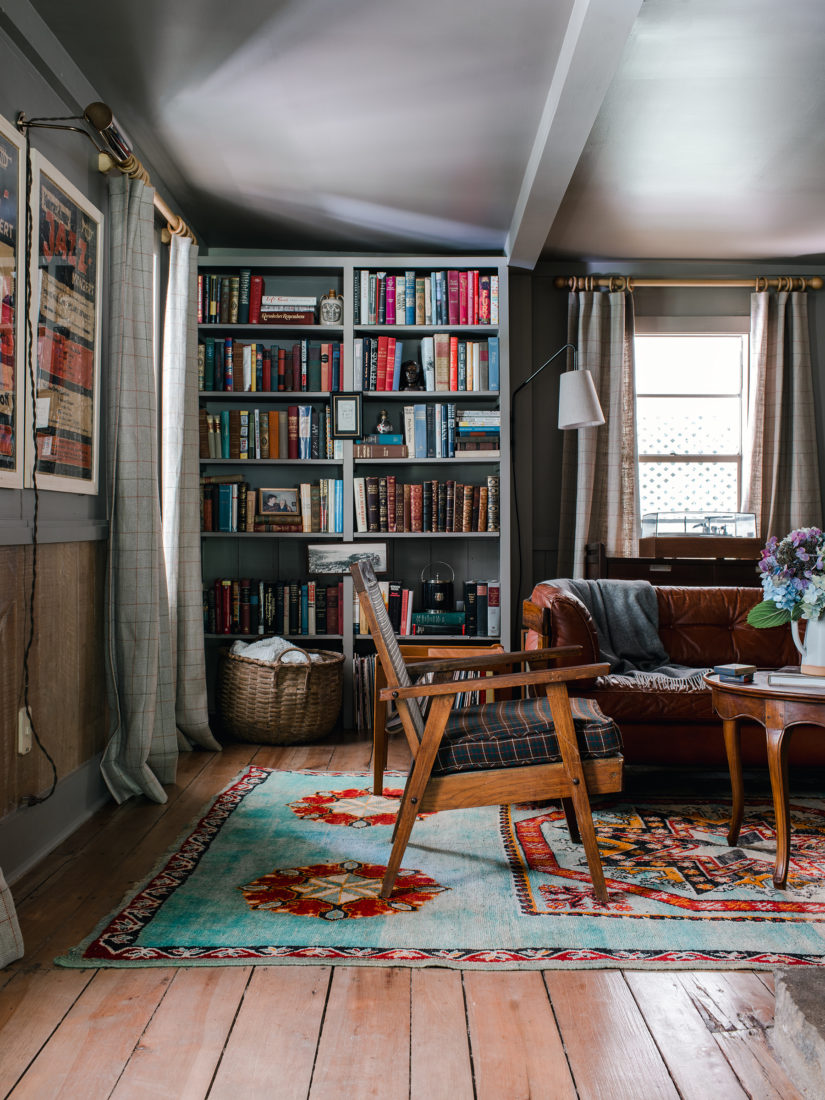
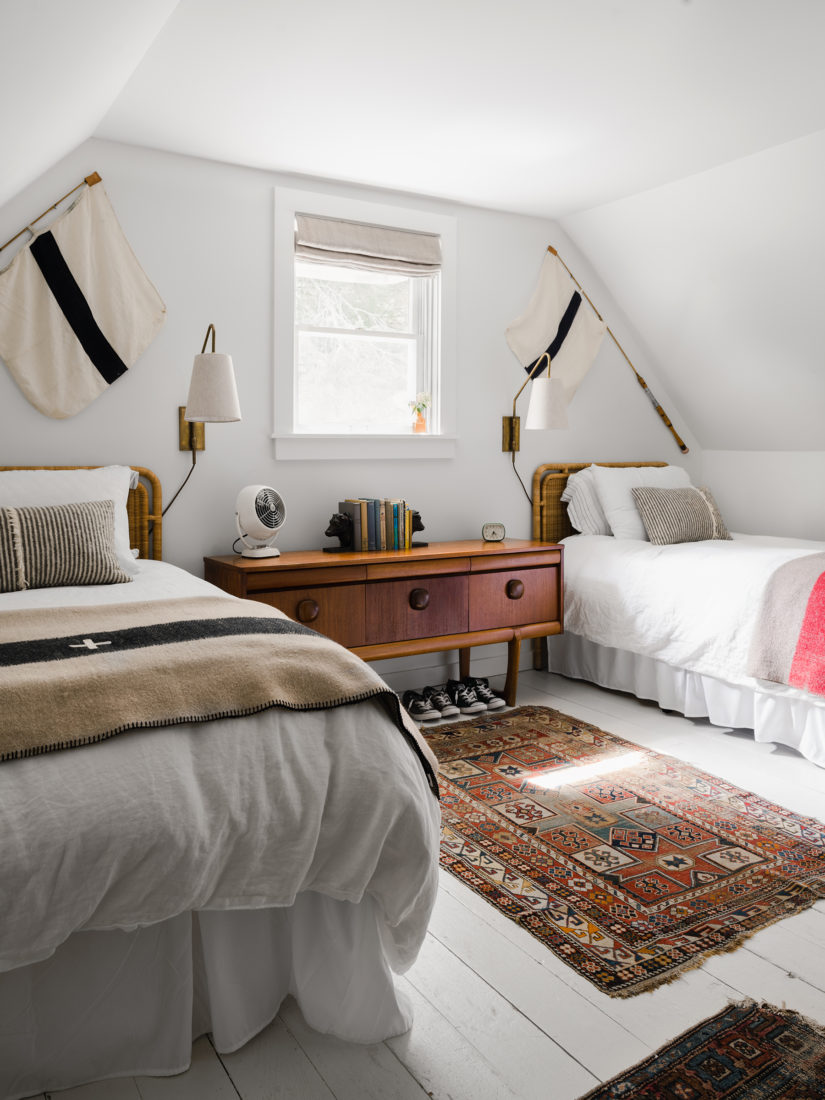
The couple also installed a cedar shake roof—beneath which they follow the two b’s and the light: biscuits by morning and bourbon by night. Each side of an old stone fireplace features a living area, so “we start the day in the sunroom and end the day in the library on the other side, with drinks and music,” Dave says. (Midday is always for outdoor exploration—rambling trails, clipping dahlias and hydrangeas in the garden, or piling into the “Woody,” a Wagoneer, and driving to Lake Glenville for tubing and cruising in a wooden 1956 Century Resorter boat.)
After dinner on the porch, the lights come on. While the Urban Electric Co. has worked with top designers such as Darryl Carter and has installed its custom lighting in such quintessentially Southern spots as Augusta National Golf Club, Blackberry Farm in Tennessee, and the Savannah College of Art and Design, it is here in the little mountain house where some of the company’s smaller fixtures have found their niches. “I always get excited about what the designers have in the pipeline, and what we are developing at the time,” Dave says, “and we found a couple of places to have a tiny little moment of glitz here or there”—solid brass sconces designed by Workstead grace the bathroom; a lantern by Urban’s creative director, Michael Amato, beckons at the doorway.

When the family gathers around the fire in the evening, Jennifer puts on a record—Linda Ronstadt, Dolly Parton, Bill Withers, or maybe even some Rolling Stones. But Mick and his gardener are not the only muses present—in the library hangs an old photo of Dave with his grandmother Tink, the inspiration behind the entire place. When the music stops, it’s time for lights out, Jennifer says. “So we can do it all over again the next day.”
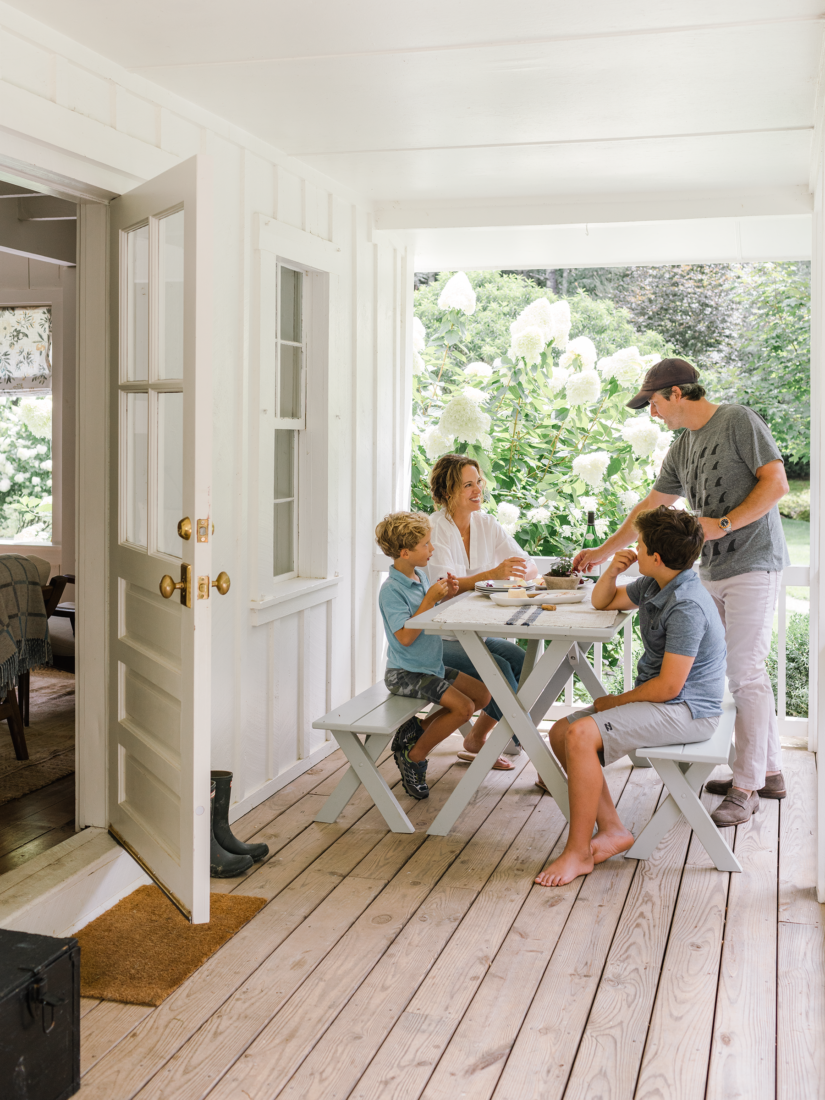
This article appears in the August/September 2020 issue of Garden & Gun. Start your subscription here or give a gift subscription here.


